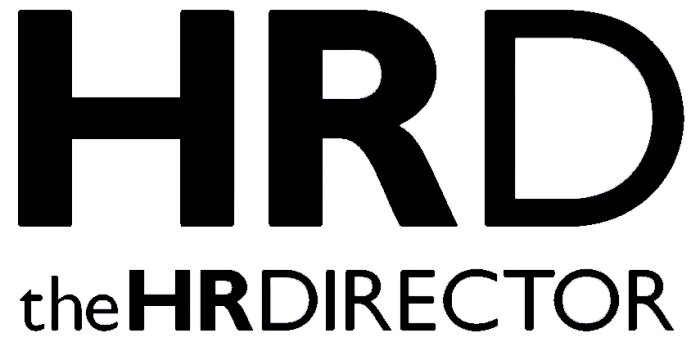New research from the CIPD, the professional body for HR and people development, highlights that many FTSE 100 firms are failing to share important workforce data in their annual reports. Contributor Edward Houghton, Senior research adviser for Human Capital and Governance – CIPD.
In response, the CIPD is calling for improved reporting and transparency from Britain’s biggest businesses, warning that failure to capture and disclose key workforce data is keeping investors, employees and other parties in the dark on key business indicators.
The CIPD’s research looks at how workforce reporting has changed over the last five years and explores how transparent organisations are being about risks and opportunities relating to the workforce. The report, Hidden Figures: How workforce data is missing from corporate reports, found:
Workforce reporting in FTSE 100 organisations’ annual reports increased by 9 percent between 2015 and 2017, a much smaller increase compared to the 19 percent increase seen between 2013 and 2016 when the CIPD first analysed FTSE 100 workforce reporting.
The most commonly reported workforce issues were talent management, succession planning and employee turnover. Only 12 percent of FTSE 100 firms reported their perspectives on skills shortages and only 21 percent reported on skills gaps, despite many businesses expressing concern about access to skills after the UK leaves the European Union in 2019.
Apprenticeships (64 percent more reporting), employee well-being (+76 percent), entrepreneurship (+28 percent), talent management (+26 percent) all saw increased levels of reporting between 2015 and 2017. Internships (32 percent less reporting), commitment (-31 percent), flexibility (-30 percent) and employee engagement (-21 percent) all saw decreased levels of reporting between 2015 and 2017.
Edward Houghton, senior research adviser for Human Capital and Governance at the CIPD, said: “It’s positive to see that the quantity of workforce reporting is increasing, but there’s still a considerable challenge regarding the quality, consistency and transparency of data being reported. Organisations seem to focus their efforts on complying with legislation and governance codes and report on very little else voluntarily. Reporting is also often subject to trends or pressure from government rather than ongoing strategic imperatives. We need to see much more consistency in what is being reported, the language used to report it and the measurements being applied so all stakeholders get a complete picture of workforce opportunities and risks.”
“Without full transparency there’s a real danger that businesses are painting an overly positive picture of how they manage their people and people risk. Gender pay gap reporting regulations have shown us that a framework and a common language can improve disclosure and prompt healthy debate on important issues among key stakeholders. It’s also rightly awakened an appetite among investors for even more workforce data. Businesses need to be ready to respond to this demand. We need senior leaders to get comfortable with being more transparent about their workforce practices and we need investors and government to be demanding far more of these insights.”
To support a better understanding of workforce issues and risks, the CIPD has created a new reporting framework which, alongside improved use of workforce analytics, aims to improve transparency and help with the identification and management of workforce and cultural risks.
The CIPD’s People Risk Reporting Framework explores seven dimensions of workforce risk that employers should look to report against: talent management, health and safety, employee ethics, diversity and equality, employee relations, business continuity and reputational risk. It integrates best practice elements of FTSE 100 firms’ risk management frameworks into a single model, but allows for flexibility within each of the seven dimensions based on what is most appropriate for each organisation.







